#references are his original design from cd a shot from origins and a panel from the comics
Explore tagged Tumblr posts
Text
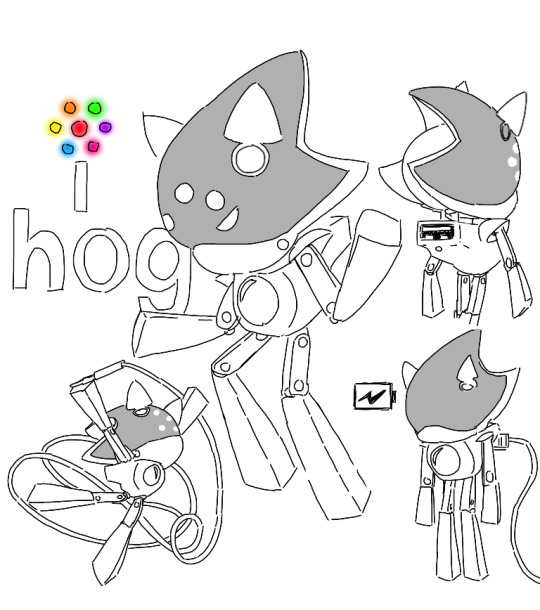
quick lil sketches to honor the fact that i fucking called it
#sth#sonic the hedgehog#sonic#metal sonic#iDog#references are his original design from cd a shot from origins and a panel from the comics#yes he's using the headphone jack as a ribbon#sonic prime#<-related i guess#i mean that's what im talking abt. his design in the trailer#also wow 11 months ago. oh wowie zowie :)
2K notes
·
View notes
Photo
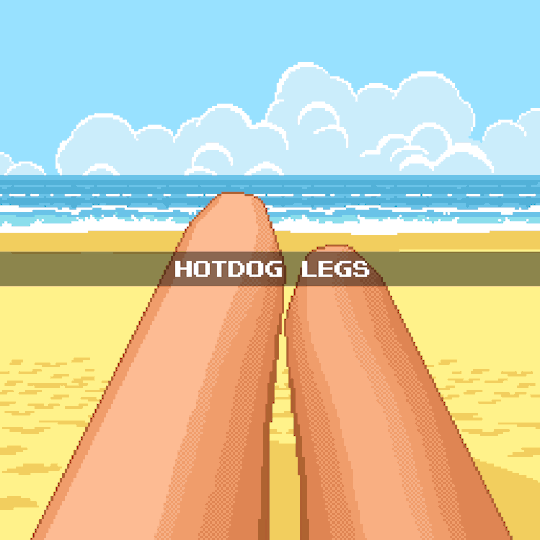
It’s Still (Pixelated) Hot Dog Legs Season
Fall should officially be in full swing by now, yet here in NYC (and many other parts of the US), it still feels like summer. Which I’m not thrilled about, though at the very least, I don’t feel so bad for sharing the above (by Robert Penney) so late into September.
On that note, time for a way overdue game culture round up! It’s been a while, and a LOT been going on. And not to be a downer, but the chaotic weather has been in the news, obviously.
Here’s a pic from Gamer Geek Nation on Facebook, who shared the aftermath of the Hurricane Harvey, along with: “… This is a time when we collectors need to remind ourselves that ultimately, this is just stuff, and our lives are more important. And make sure your collection is insured properly.”

Elsewhere in the world, the Tokyo Game Show just wrapped up, and not to repeat the obvious, but yes… the biggest, most exciting news was the Sonic X Hooters collab…

Though the one between Hello Kitty and Game Center CX is far, far better (photo courtesy of Kotaku)…

You also have this comically large Rockman doll, which apparently was available on Amazon but is now out of stock…

Though I mostly wished I had been there to pick up some primo looking attire, like this Mega Drive track jacket that miki800 gave the heads up on before show time (there was also a Dreamcast hoodie that I personally don’t think looks as nice, hence why I’m skipping it)…


I also really like this Pac-Man shirt…
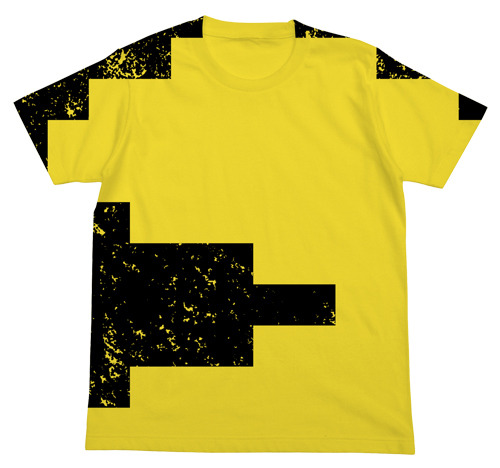
This Galaga shirt as well…

Also taking place in Japan was an exhibition held by the JARGA (Japan Retro Game Association); miki800 was there and captured some interesting bits of hardware, with the highlight being (IMHO) this Mega Drive clone that resembles a perfect mix of the model 1 MD and the original Wondermega…

There’s no preview of the music yet, though may as well share the recently unveiled cover to the third (and final) installment of 8 BIT MUSIC POWER…

Meanwhile, according to Original Sound Version, Mitch Murder has released yet another soundtrack to another game that never existed. In this it didn’t come out for the Mega CD and doesn’t involve mecha…

Remember that Jet Set Radio figure I showed a while ago? Well, it's finally available for pre-order! Alas, it's not cheap, at least over at Big Bad Toy Store...


BTW, videogamesdensetsu shares with us what Beat looks like, sans-cel shading…
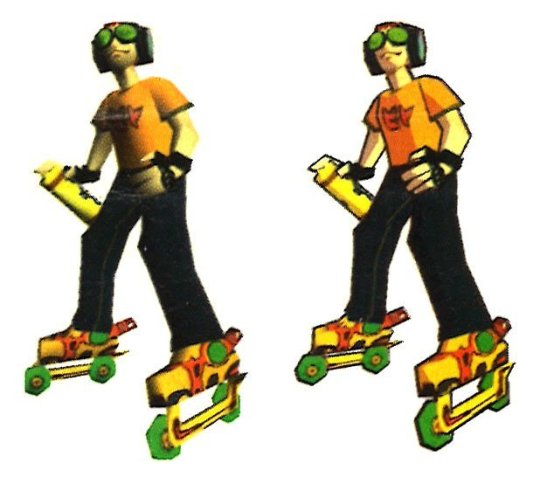
Sticking with VCD for a tad bit; here’s what Pulseman looked originally looked like, and he sure was cute!
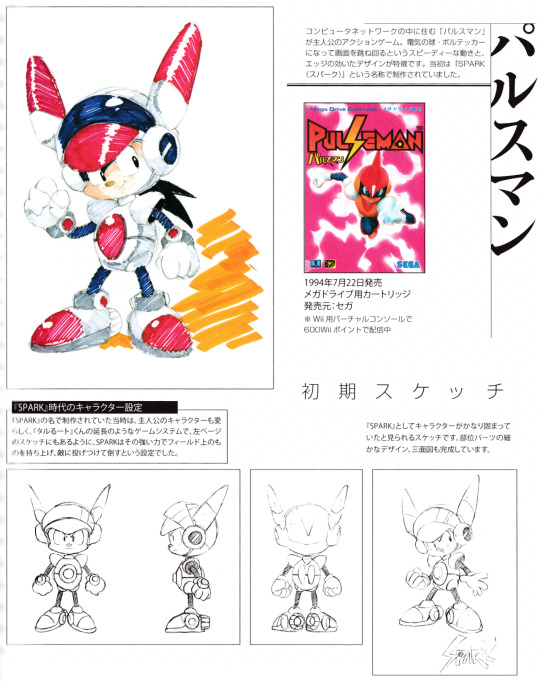
Whereas NiGHTS looked goofier… as well as more menacing….
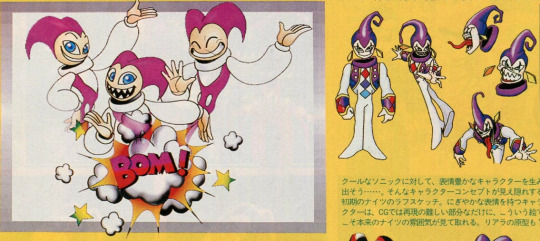
Am confident most people will not give a rat’s ass about seeing hand drawn Virtua Racing track designs, but as a massive fan of the series, oh man, oh man, oh man...

Two never before seen Saturn prototypes that must be: “[taken] with a grain of salt!”

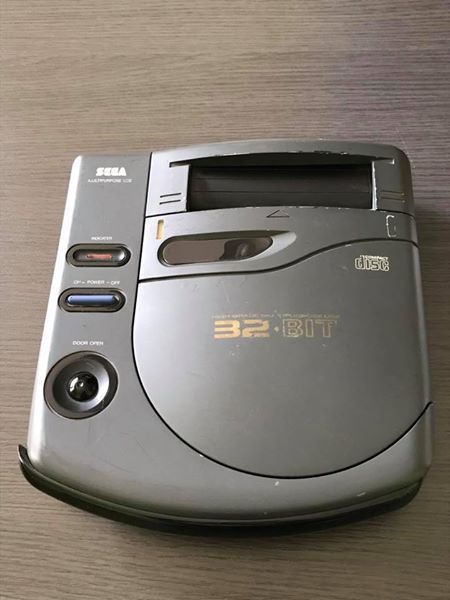
Apparently Looney Tunes X The Matrix was actually a thing? Somehow this does not surprise me…


The work of Hideaki Kodama was recently highlighted, which was also recently auctioned; I wonder how much this painting of various PC Engine hardware went for?

Yet another Kickstarter mention? Yup. And this one is Jed Henry's third crowdfunding campaign: this particular variant of the Ukiyo-e Heroes concentrates on boss battles, with perhaps my fave piece being his depiction from The Breath of the Wild...

Am particularly fond of this image from the Street Fighter 25th Anniversary art book that grease-howard spotted, of old Chun Li chumming it up with her younger self...

Any and all BoJack Horseman fans out there may want to pick up this piece by Jude Buffum...

legendofnes reminds of that time Batman visited New Donk City…

It's just a bunch of cyber kids, all just hanging around, by sanigo...
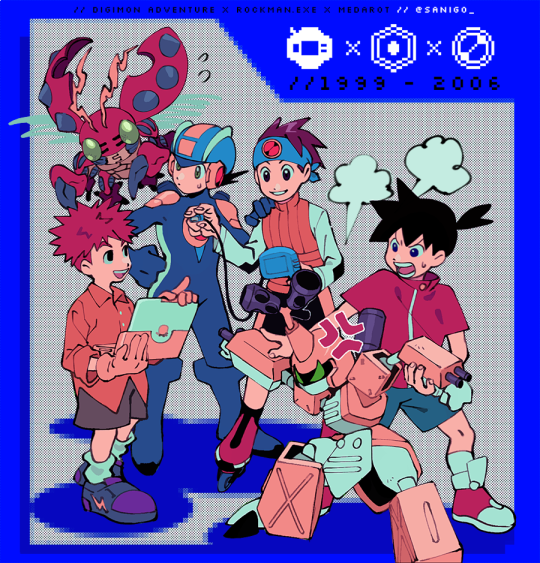
Speaking of the gang, here we have the kids from Persona 5, by @aranciart…
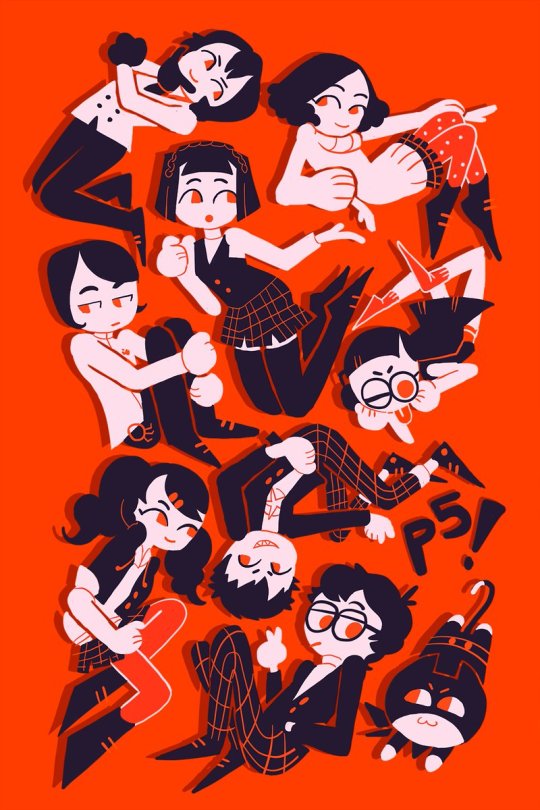
Apparently, if Jedah (from Darkstalkers) ran a juice stand, it wouldn’t be the best, according to dreaminerryday…
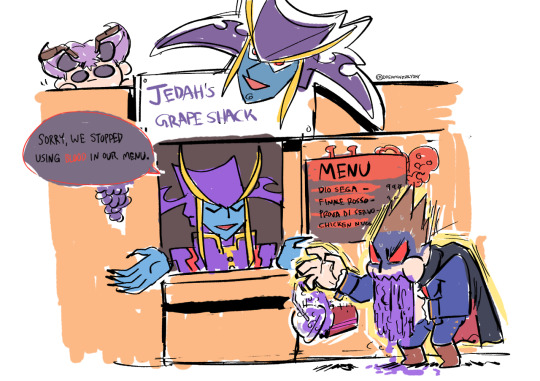
The individual who runs SPLENDID LAND describes SLN-003 Gacha Man as a: "vendor robot who dispenses toys. even he doesn’t know what’s inside the capsules, so he always gets excited to find out"...
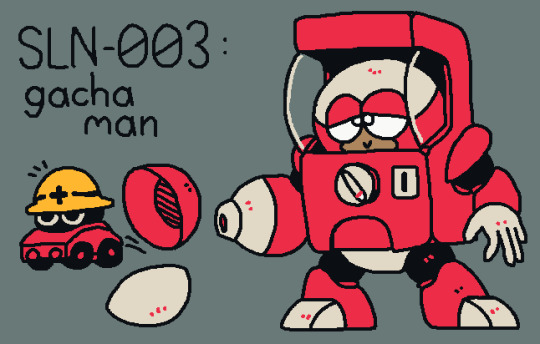
Meanwhile, here’s official artwork of Mario and Peach, courtesy of the thevideogameartarchive’s catalogue of the Mario Golf N64 manual; am pretty sure I’ve seen images of Mario looking distressed, though never to this degree…

The above is something Super Mario Broth would normally deliver, and speaking of, may as well share some recent faves on that end! Like these photos from a promotional campaign with a Japanese sports drink when promoting Mario Sports Superstars…


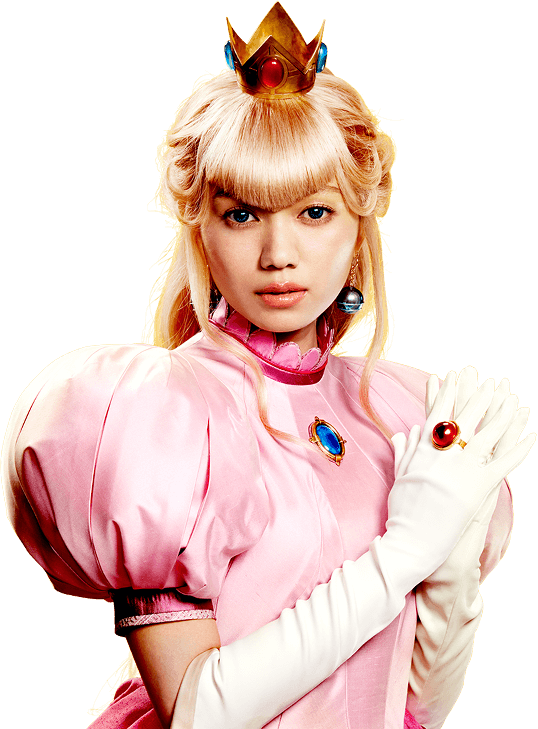

Instructions found on the arcade cabinet for Vs. Super Mario Bros (which I remember so distinctly, and fondly)…

From some Japanese video guide for the same game (am assuming the home Famicom version this time)…

A greeting card (am assuming a Valentine’s)...

Mario without his hat, as he appears in a Game Boy controller test cart that Nintendo service reps used to calibrate buttons on a the handheld…

And he we have a shortcut in SMB3 that I had no idea existed, and it’s a safe bet that most don’t either: “In Super Mario Bros. 3, the rock between the path to the first fortress in World 4 and the Spade Panel can be destroyed with a Hammer item, allowing the player to bypass the fortress. There is no obvious indication that this rock is destructible, as it is surrounded by decorative rocks. In fact, many guides for Super Mario Bros. 3 do not mention this shortcut.”
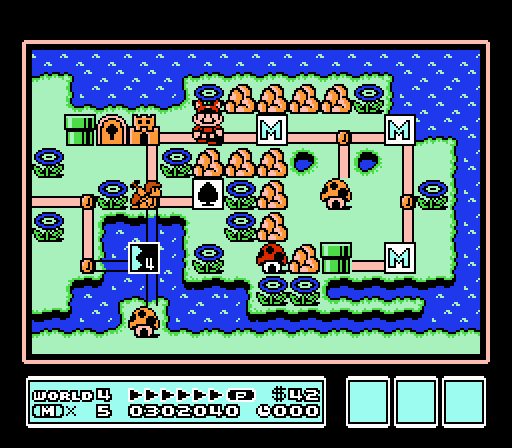
As for Super Mario Broth’s counterpart, Sonic the Hedgeblog has seen plenty of action as well… largely pinpointing all the obscure references found in Sonic Mania, So head over for that if that sounds like fun to you! Otherwise, there’s also the Mario Bros having a Sonic Panic…
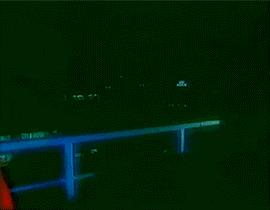
A reminder of how Sonic looked at one point as he was being prepped for the Dreamcast; it would appear that at a certain point, in Sonic Adventure, he was going to look a lot more realistic…
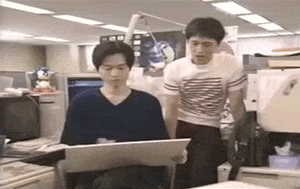
And this issue with EGM featuring a sneak preview of Sonic 2 is the very first video game magazine that I ever picked up!

Meanwhile, oldgamemags recently posted a page from an issue of GamePro, circa 2000, on a peripheral that allowed the Game Boy to play mp3s. Am sharing it cuz I really want a GB-looking mp3 player…
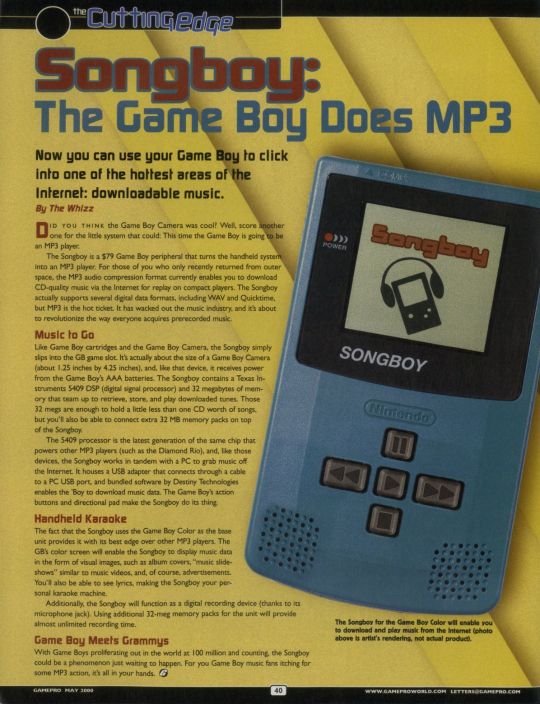
So someone on Twitter (who has since protected his account, so I’ll have to refer to nintendolife they snagged the pic before it was locked down) cracked open a electrocardiogram measurement instrument and found... a GBA? It’s theorized: “perhaps earlier revisions of the unit had different screens, and once the supply chain dried up MiE was forced to source the next best thing?”

vice-s-assistant sez: "OK Guys, I’m ready to hack."
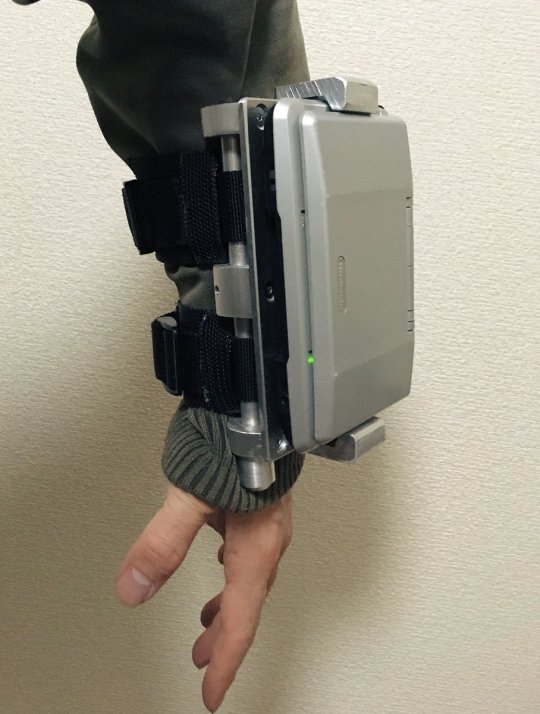

According to bunney: "i was working at a convention arcade this weekend and some guy cosplaying ryu was playing street fighter with a blunt in his mouth"...
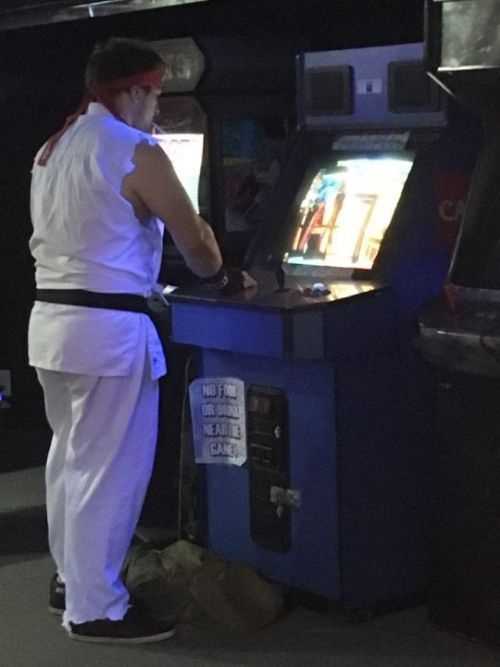
Can anyone tell what's being played here? At the very least, it's a nice shot (via rekall)...
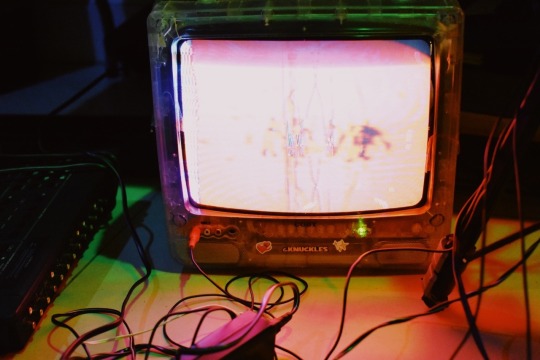
Much like Arcade Crusade, I have no idea what’s going on, and I agree that whatever it is, it looks intense...
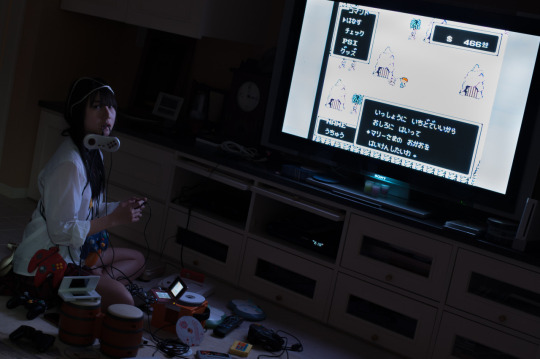
If you’ve ever wanted an artist’s rendering of the Raspberry Pi, then look no further than the work of retronator…

rasec-wizzlbang states: “those square cross sections of the human skin layers you always see in biology books but as like, a minecraft block”…
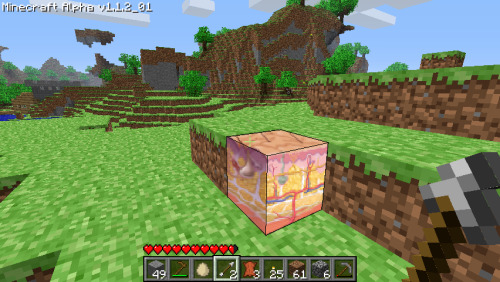
Courtesy of Arcade Crusade once again comes a very tender moment…

Is it just me or does this promo image for Food Fight sure does look like a Norman Rockwell painting? As seen on thedoteaters...

Here we have a flyer for a really old SNK arcade game (we’re talking really old; almost a decade before the Neo Geo was a thing) that looks like it was made with today’s sensibilities, doesn’t it?
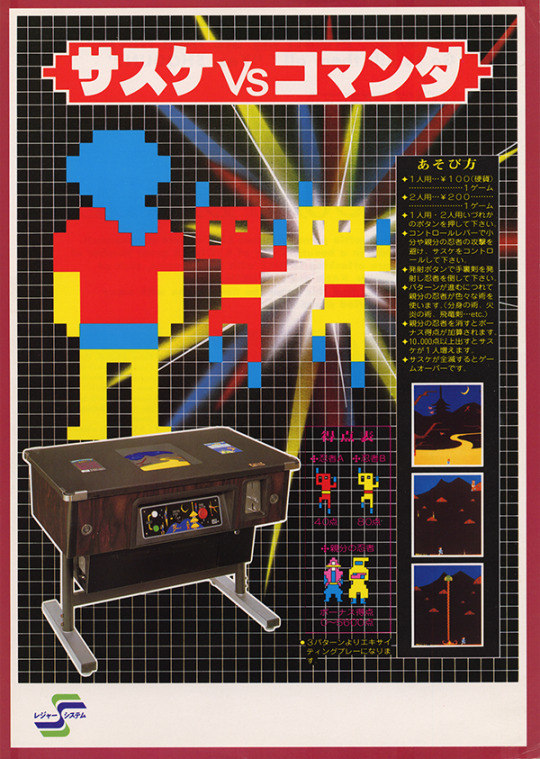
Also via obscurevideogames is a moment of pathos from Hacchake Ayayo-san 4 - Sexy Olympics - Ayayo’s Live Affection. It’s… pretty obscure alright…
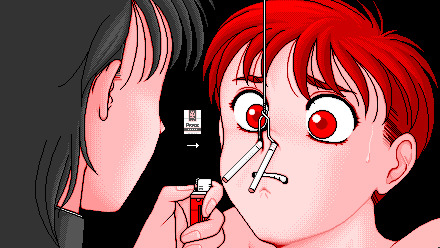
Yup, that's Hieronymus Bosch-styled Tetris all right (via freeindiega.me)...
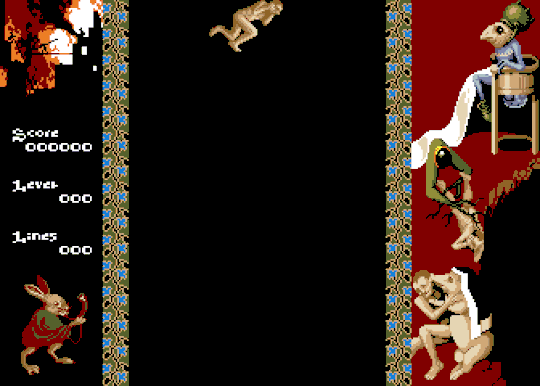
crashcarnival presents: "true facts of the Ice Age"...

Hey, it’s the Ninja Turtles playing Pong (via rewind01)…

Behold, Fighters Megamix version 2017 (via lonelyfrontier)…
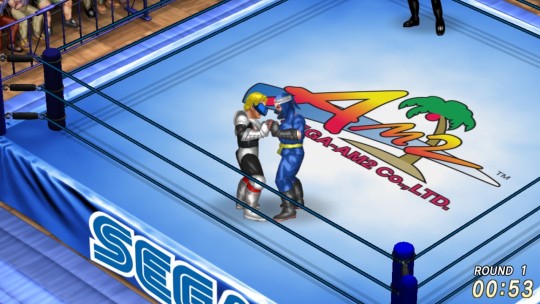
Yup, that is definitely a Chu Chu Rocket skirt (via radicalhelmet)...
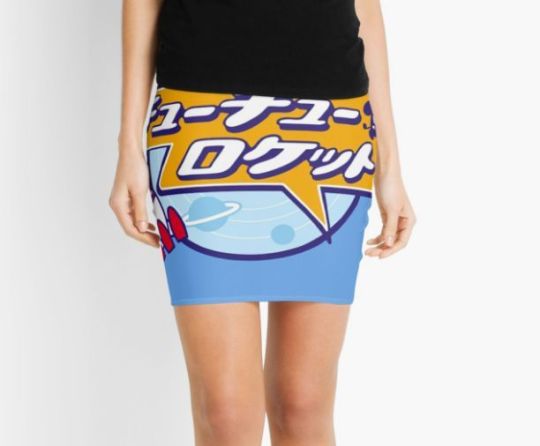
For those who have ever wondered what their Sonic character’s political leanings are, in relation to the rest of the crew (and can’t be bothered to sift through DeviantArt; via erratticusfinch)…
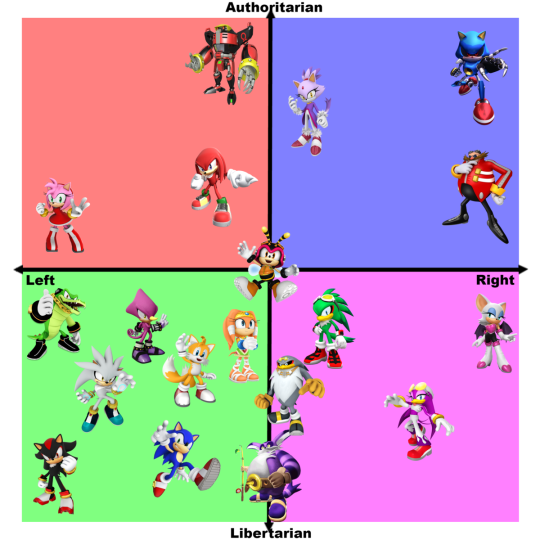
Face to face (via futureisfailed)…

It’s been out for a while, though it’s not too late to pick up this Xenogears tribute zine, right?
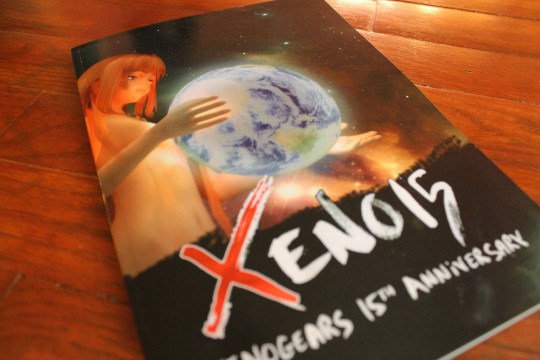

Just a friendly reminder of how bat-sh*t insane Sin & Punishment is (via n64thstreet)...
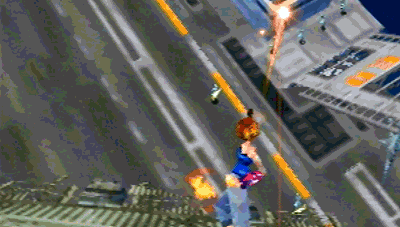
Zimmerit.moe has everything you need to know about a game by Square involving mecha that you’ve probably never heard of. And no, am not talking about Thexder; it’s even more obscure than that (am talking about Cruise Chaser Blassty BTW/FYI)...

Meanwhile, Michael “Kayin” O’Reilly discusses the “Barrel Distortion” look that emulators use to recreate the look of playing something on a CRT display and why it’s total crap…
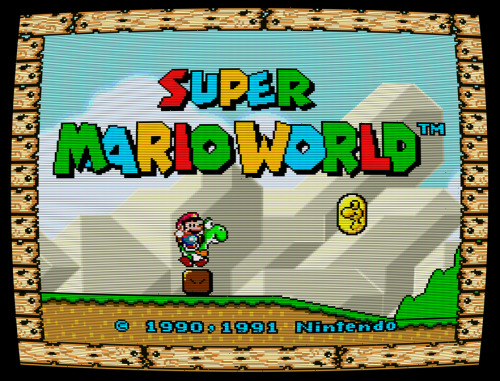
And… that’s it! You’ve made it to the end! Enjoy a cool, refreshing drink with Pac-Man (on the behalf of arcade-crusade)...
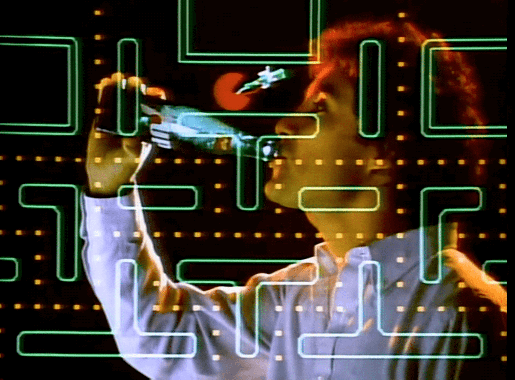
Don’t forget: Attract Mode is now on Medium! There you can subscribe to keep up to date, as well as enjoy some “best of” content you might have missed the first time around, plus be spared of the technical issues that’s starting to overtake Tumblr.
4 notes
·
View notes
Text
Syd Mead’s artistic legacy lives on through video games • Eurogamer.net
Having played a critical role in the production of 1982’s Blade Runner, illustrator Syd Mead was asked what title he’d like to appear as in the film’s end credits. “Visual Futurist” was his reply. Now there’s a job role you’d enjoy explaining to people at parties. Mead was a modern-day farseer, using his skills as an industrial designer and concept artist to build the worlds of tomorrow. What’s more, his visualisations have had an immeasurable impact on video games and the many artists working within the industry.
It’s often said that games draw from an awfully narrow set of cultural and artistic touchstones. Never mind seven basic plots, there are only really two: sad man fights robots and space marines shoot aliens. Blade Runner, Aliens, Blade Runner again. Syd Mead, who died just a few weeks ago on the cusp of the new year, aged 86, is the artist behind the dominating aesthetic of an entire industry. His energy, spirit, DNA, spread out across games like ashes thrown to the wind.
Syd Mead. 1933 – 2019.
In the 80s, Mead helped develop his fair share of theme parks and laser tag arenas, even a few casinos (pleasure hubs with as many flashing lights as any cyberpunk alley). It was always going to be natural for Mead to make the jump to games. He worked on a fair few: Cyber Speedway for the Sega Saturn was one of his earliest, making use of his famed vehicle-design skills. But he also returned to work on the lightcycles in Tron 2.0, designed the spaceships in Wing Commander 5, and even worked with Westwood Studios’ on their Blade Runner game. Much of this work was early concepting, sketching out hover cars and so on. Other times it was consultation. Most recently, Mead consulted on Aliens: Colonial Marines, fleshing out what he’d started all those years ago on the James Cameron film. In some respects, we’re unfortunate. An artist so talented, and willing to work in our space, who never found his ‘big’ game. But I don’t think it matters – there are so many indebted to him, shot through with his style, infected with his imagery.
Where to start with such an immense artistic legacy? Syd Mead always started with a car. His background was in industrial design, working for Ford Motor Company and later, US Steel. Mead was hired to make automobiles look desirable, to make the corporate cool. I can’t help but think of CD Project Red’s upcoming 2077, and how critical the car has been to its marketing. A lounging sportscar is the 20th Century’s addition to the romanticist image of the figure, back to the viewer, looking out to a wide horizon. There’s something fetishistic about 2077’s automobile – 80s stylishness crashing against Mead’s careful retrofitting – but it also seems necessary. The Night City needs a car the same way NeoTokyo needs its motorcycle.
Cyberpunk 2077.
Mead’s pin-up cars were sleek and cutting-edge, but aspirations always extended further. It was an era of techno-optimism, and Mead was just as apt at envisioning scenery as he was coupes. If the cars could hover and fly, then so too must the distant cities and spires silhouetted against the alien world’s setting suns. In fact, what was originally created to support the vehicles Mead designed, often overshadowed them.
Image from Syd Mead’s US Steel Series. Image credit Syd Mead.
Mead was originally hired to design just the vehicles for Blade Runner, but the automobile – his speciality – was an opportunity. It was how he opened portals to other times and places. While sketching out the film’s iconic “spinners”, Mead began to think bigger. A car was only as exciting as the surroundings mirrored in its polished surface. Only as cool as the landscape it cruised by. So important was “the flowing cascade of reflection”. “The chrome ignites with a hundred blue-white suns,” Mead once said. A rough sketch wasn’t enough. He needed a dark, rain-slicked street for the headlamps to illuminate. In the Polish cyberpunk game Observer, you begin your investigation in the cockpit of one such police car, the windscreen protection from the polluted downpour, the dashboard lit up like Times Square. It’s a prototypical Mead image.
Blade Runner 2019 Spinner interior view. Image credit Syd Mead.
With Blade Runner, Syd Mead transformed cold technical drawings into snapshots of urban night-life. A cold cityscape suddenly came to life, evoking the lonely realism of an Edward Hopper painting. The flashes of future Los Angeles we were gifted are striking: neo-noir with a Gothic tinge, abandoned apartments, streets draped with cables and wiring. Balanced against this was the bustle of the market stalls and shopfronts with their neon signs and cryptic symbols beaming out into the darkness, although only ever to make the shadows more dramatic. It’s quite a thing to invent the entire aesthetic of cyberpunk almost by accident. An entire genre brought to life because the taxi cabs looked a bit dull just sketched there on their own.
Film director Dennis Villeneuve once described Mead’s work as being “nostalgic”, which is a strange term to describe something futuristic. But the future is never just that, is it? As an actual point in time it’s fundamentally inscrutable. Instead, Mead traded in visions, and if, when looking at his depictions, we have “the strange sensation” of having been there, of having “strolled through” before, it’s because in a way we have. I’m reminded of a quote attributed to the grandfather of cyberpunk, William Gibson (who worked with Mead on the Johnny Mnemonic film): “the future is already here – it’s just not evenly distributed.” We live among high-tech pockets, elements advanced ahead of their time, glimpses of things to come. This is the raw material with which futurists extrapolate.
Blade Runner city. Image credit Syd Mead.
Syd Mead’s material may have been the two years he spent in Okinawa, Japan. Or his visits to Hong Kong. Cybeprunk as a genre has long had an odd fascination with parts of Asia. Dawning globalisation combining with a kind of “Yellow Peril” and anxieties around “Tiger Economies”. The original Deus Ex game was partially set in Hong Kong, and the later Human Revolution in Hengsha. But even with this orientalism supposedly stripped, like in Mankind Divided’s Prague, the original influence is pervasive. Its Golem City is familiar. A salvaged sprawl of slum-living, criss-crossed with wires and ventilation shafts and crowded with lights, busy flea markets, exotic signage, more lights.
Blade Runner 2019 city design 04. Image credit Syd Mead.
While much of Mead’s imagery is ubiquitous in games – cyberpunk sprawl, alien-infested spaceship, even ringworlds – his work has also influenced a whole generation of game artists in a more indirect way. He’s inspired numerous video game world-builders, including Viktor Antonov, the architect of both Half-Life 2’s City 17 and the Dishonored series’ Dunwall. Antonov shares a background in industrial design, and much of his work also begins with vehicles – the Combine APC or the Dunwall Rail Car a jumping off point to explore larger fictional metropolises. With constant, solid, technical reference, naturally. Sci-fi is always speculative, but like Mead, Antonov was specifically hired to make made-up places seem plausible and feel authentic.
Concept art for Dishonored’s rail cars, designed by Viktor Antonov.
Much of Mead’s work was dark and industrial. Think of Aliens’ USS Sulaco, which Mead meticulously designed, inside and out. “Bristling with antennae,” as director James Cameron requested, the military vessel was a far cry from other sci-fi spaceships. Instead of improbably elegant or needlessly greebled like Star Trek and Star Wars, the Sulaco was highly engineered and purposeful. Inside, the tangle of pipes and mesh of grills and hatches – now a staple of the sci-fi interior – gave the impression of spatial depth. What skulked behind those walls? In games we see in that same dead space, lurking Necromorphs, or a sleuth of demons poised to jump out from behind hidden panels.
Mead is famous for his gritty dystopias, but Dennis Villeneuve suspects his universes are actually “fuelled by the strength of the optimism of the 50s”, when, at least in the West, war was behind us and capitalism entered into a new golden age off the back of technological and scientific innovations. Jet engines, computers, and the Apollo space programme. It was out of this background that Mead’s visions sprung – not so much the future as a collective dream, now evidently unrealised. A lost future. No wonder looking at some of his artworks feels like going back home.
Image from Syd Mead’s US Steel Series. Image credit Syd Mead.
Mead knew how to paint utopias too. His style – colourful, vivid, light, clean, precise – channelled the speed and positivity of the supersonic age. The game series that probably most explicitly draws from him is Mass Effect. BioWare’s art director Derek Watts has talked about how, in their search for a visual identity, the team looked at Mead’s early, utopian, work, with its distinct geometric curves and exciting optimism. Like the aircrafts that whoosh across Mead’s blue skies, jet-trails in their wake, Mass Effect is filled with gentle curves and projections that sell the speed, propulsion and positivity of its world.
Mass Effect Citadel.
The Mako rover, the costumes and visors, the hazy clubs with their dancing holograms, the Citadel and its ring-like structure that recall those early US Steel illustrations. That sense of wonder as you land on a planet – light-years from any earthly dystopia. Instead, we get optimism radiating from distant skyscrapers set against pastel skies.
“Their sensuality and beauty offer such a magnificent contrast with the brutality of our reality,” Villeneuve says on Mead’s early work. The director believes we’re in desperate need of utopias now. It’s hard to disagree with this assessment, although I think what’s so special about Mead’s work is the range – his ability to paint in vastly different shades. It’s no wonder we see so many flashes of Mead’s brilliant influence in games. Every time we land on a new planet, or stare up at a sublime skybox or a looming megastructure. When we zoom by in a rocketship, a bike, a car. It’s hard to shake the visions of someone whose job is to see into the future.
from EnterGamingXP https://entergamingxp.com/2020/01/syd-meads-artistic-legacy-lives-on-through-video-games-%e2%80%a2-eurogamer-net/?utm_source=rss&utm_medium=rss&utm_campaign=syd-meads-artistic-legacy-lives-on-through-video-games-%25e2%2580%25a2-eurogamer-net
0 notes